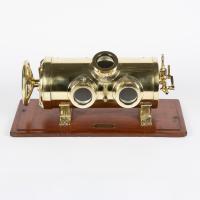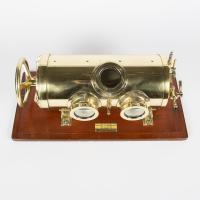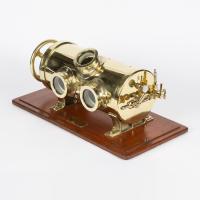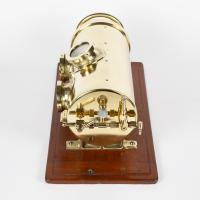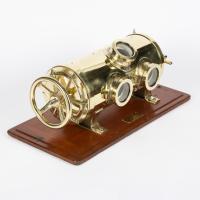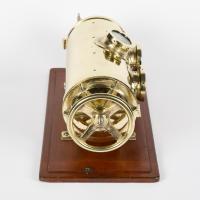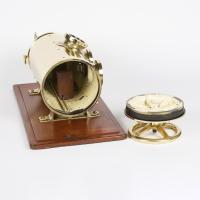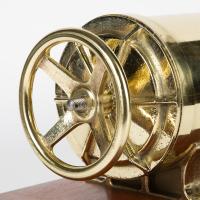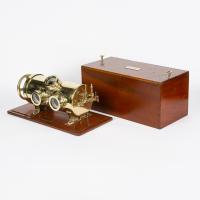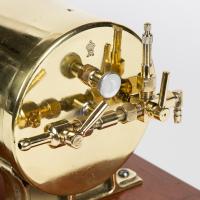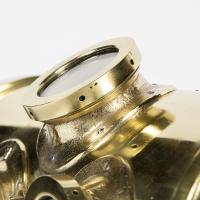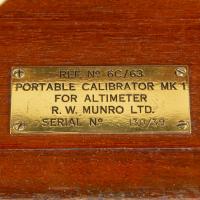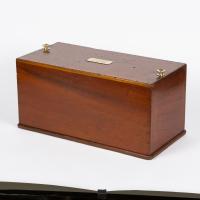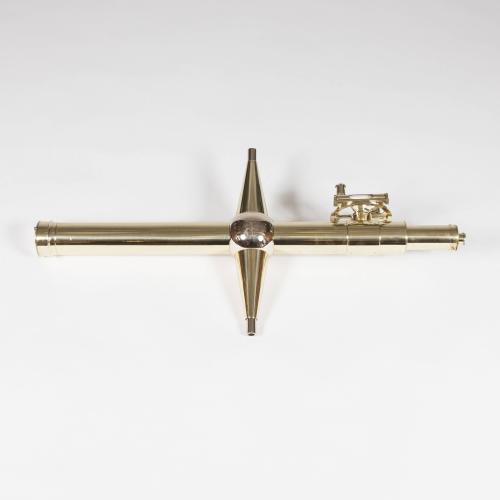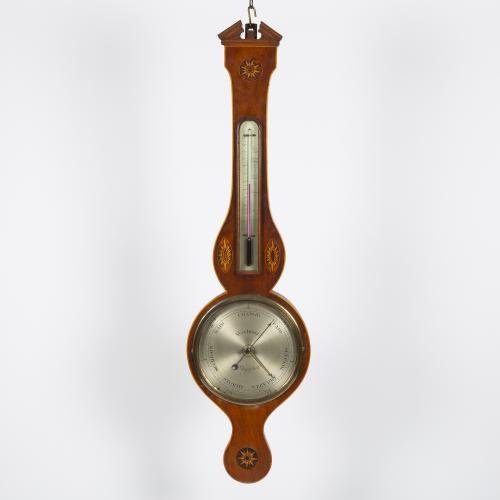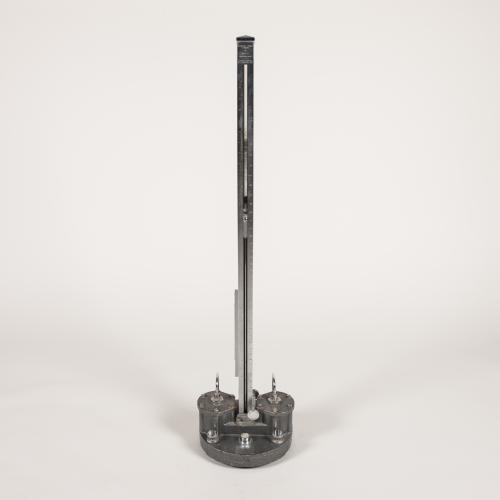
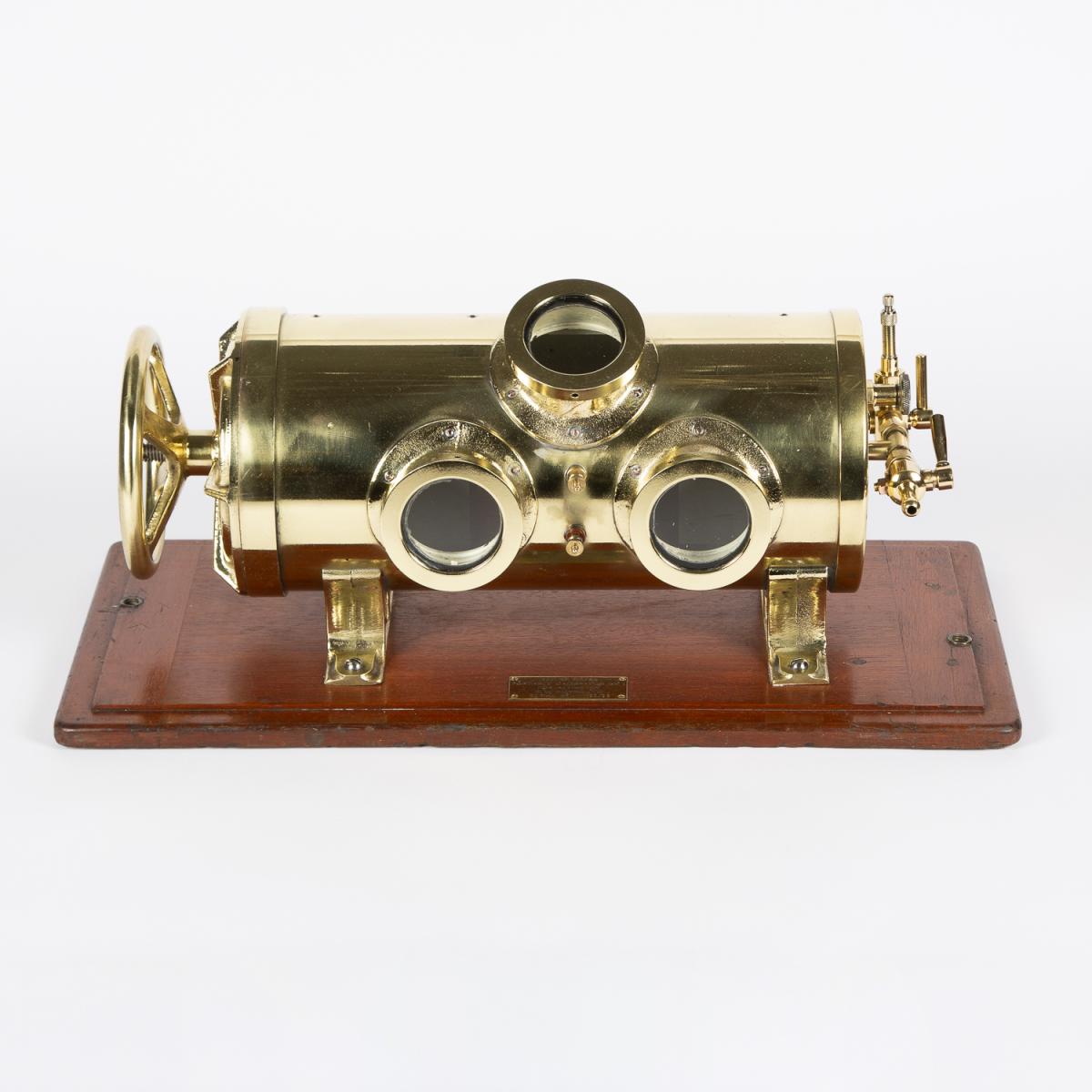
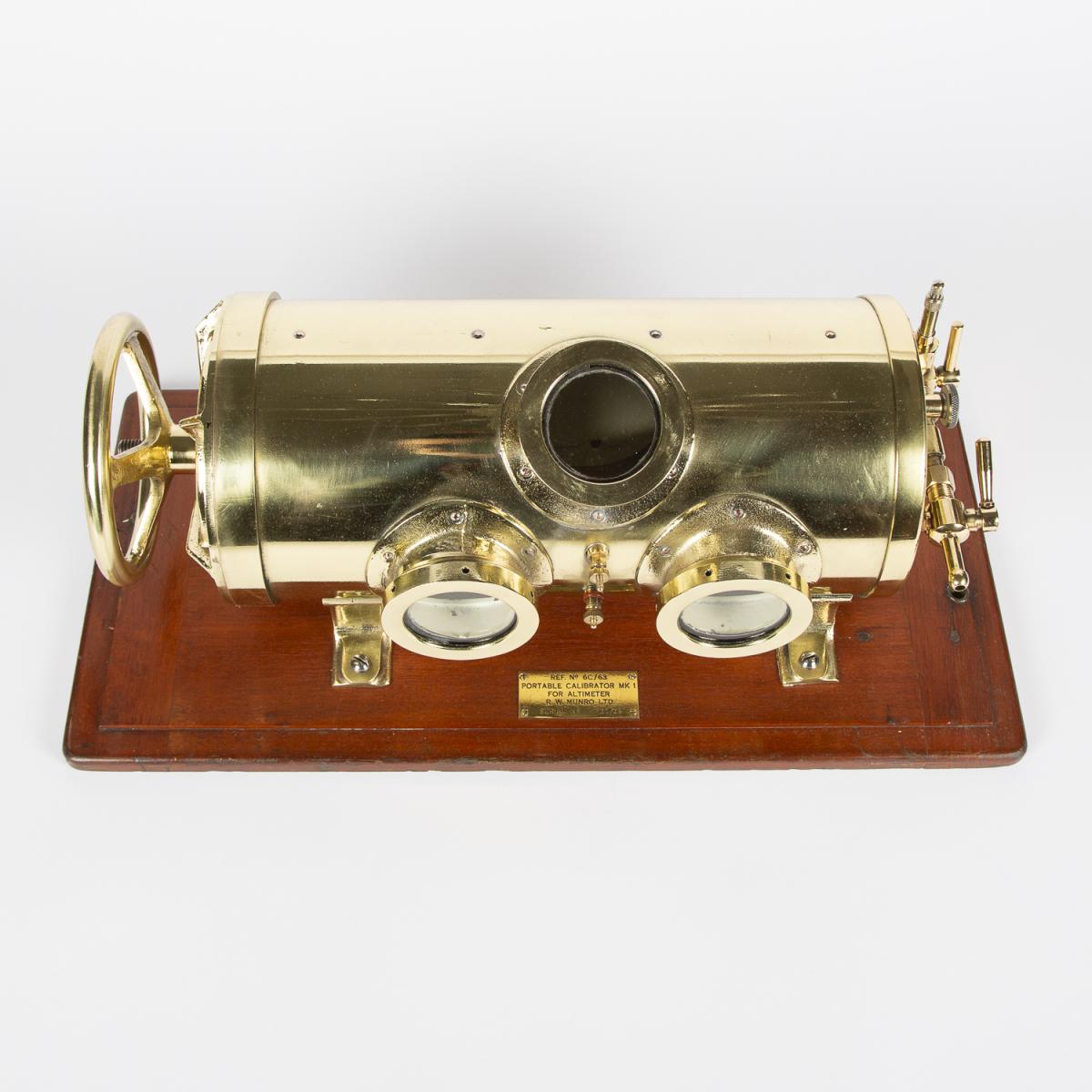
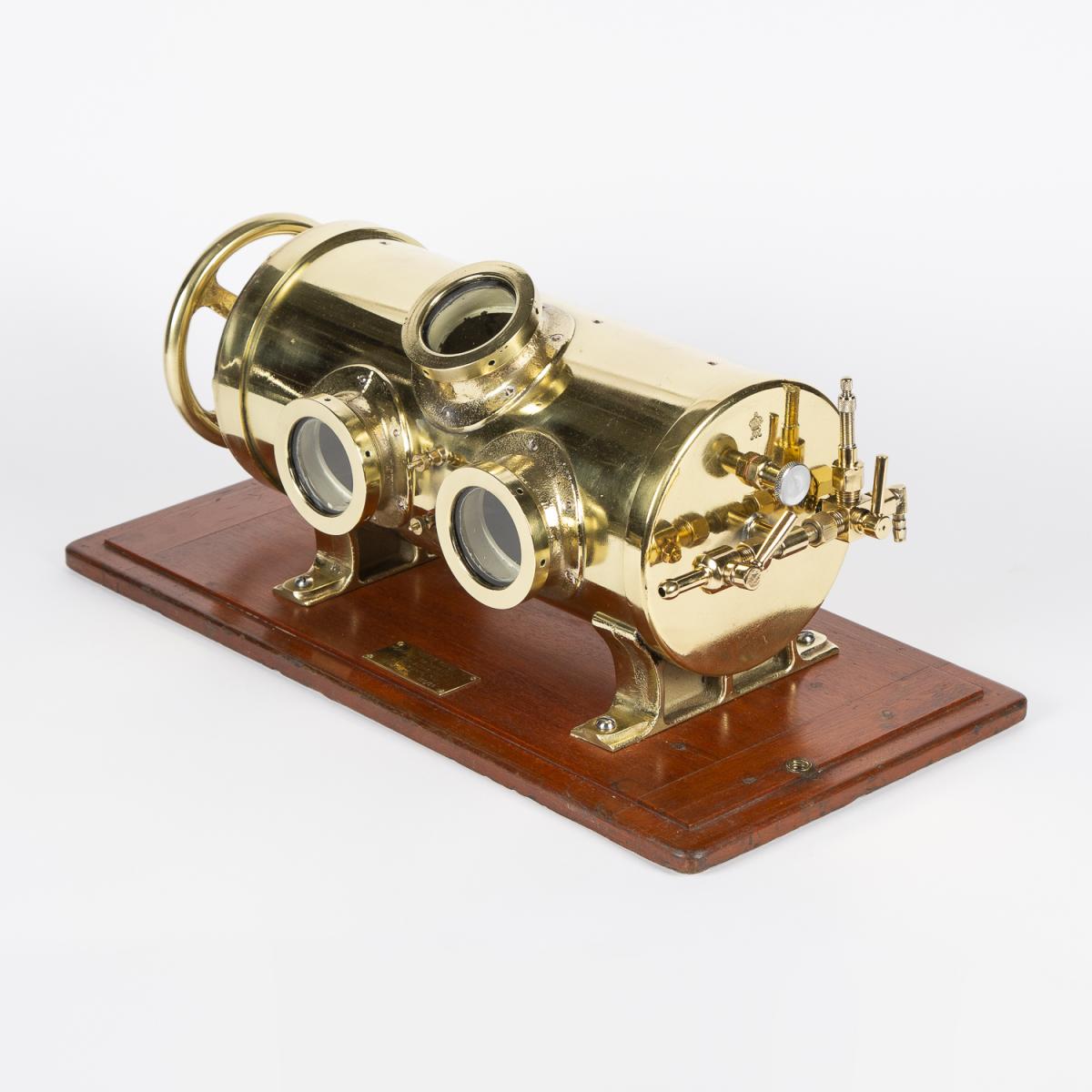
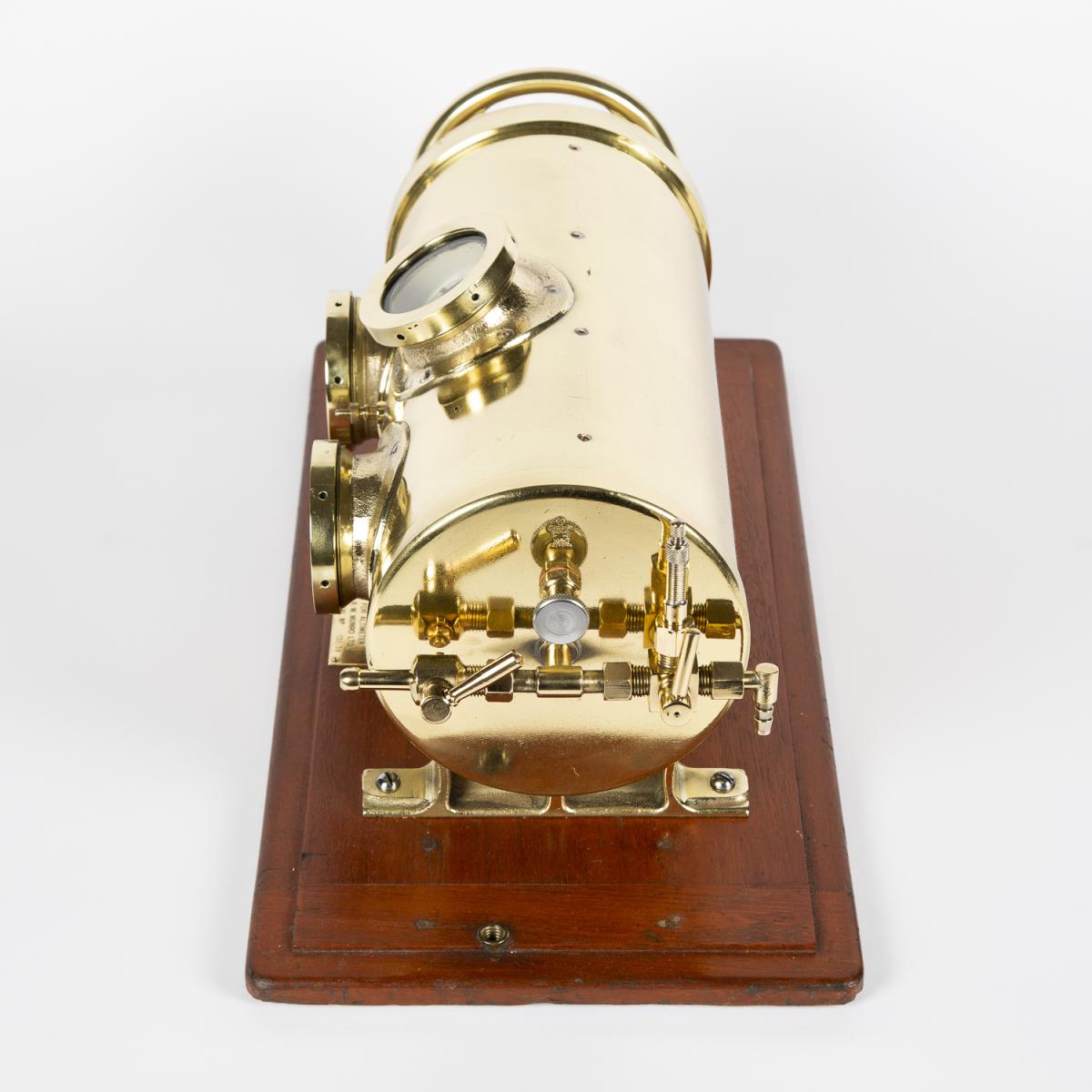
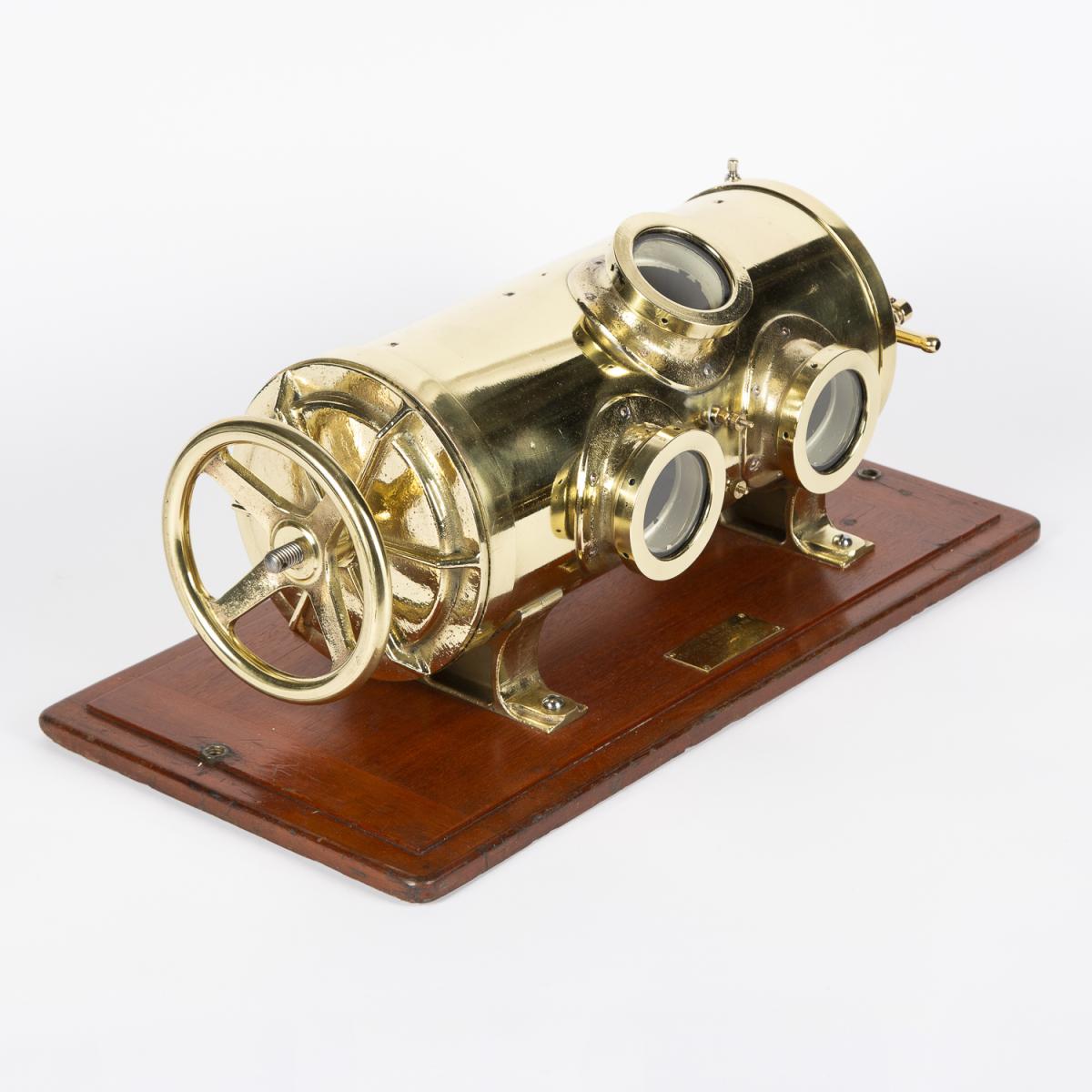
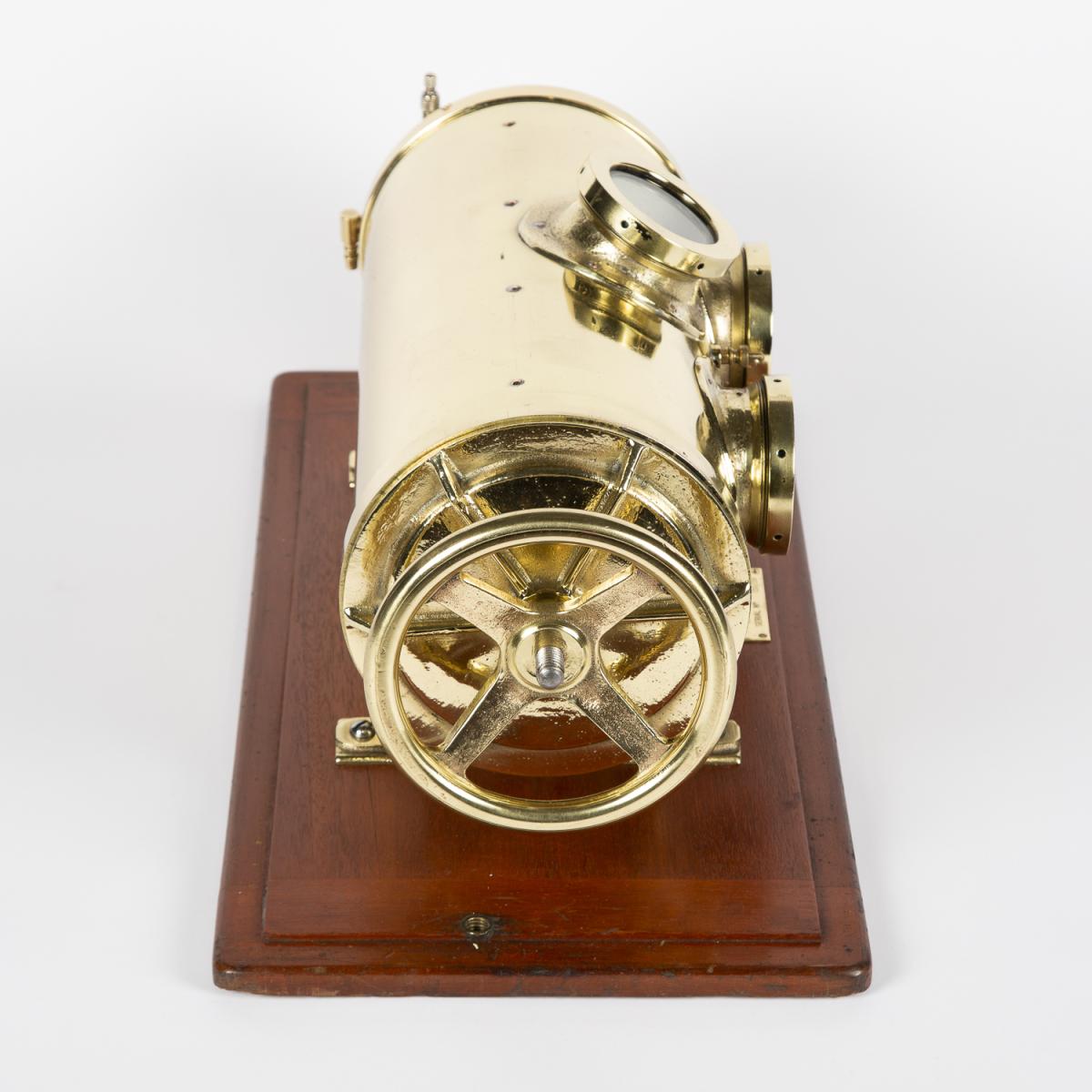
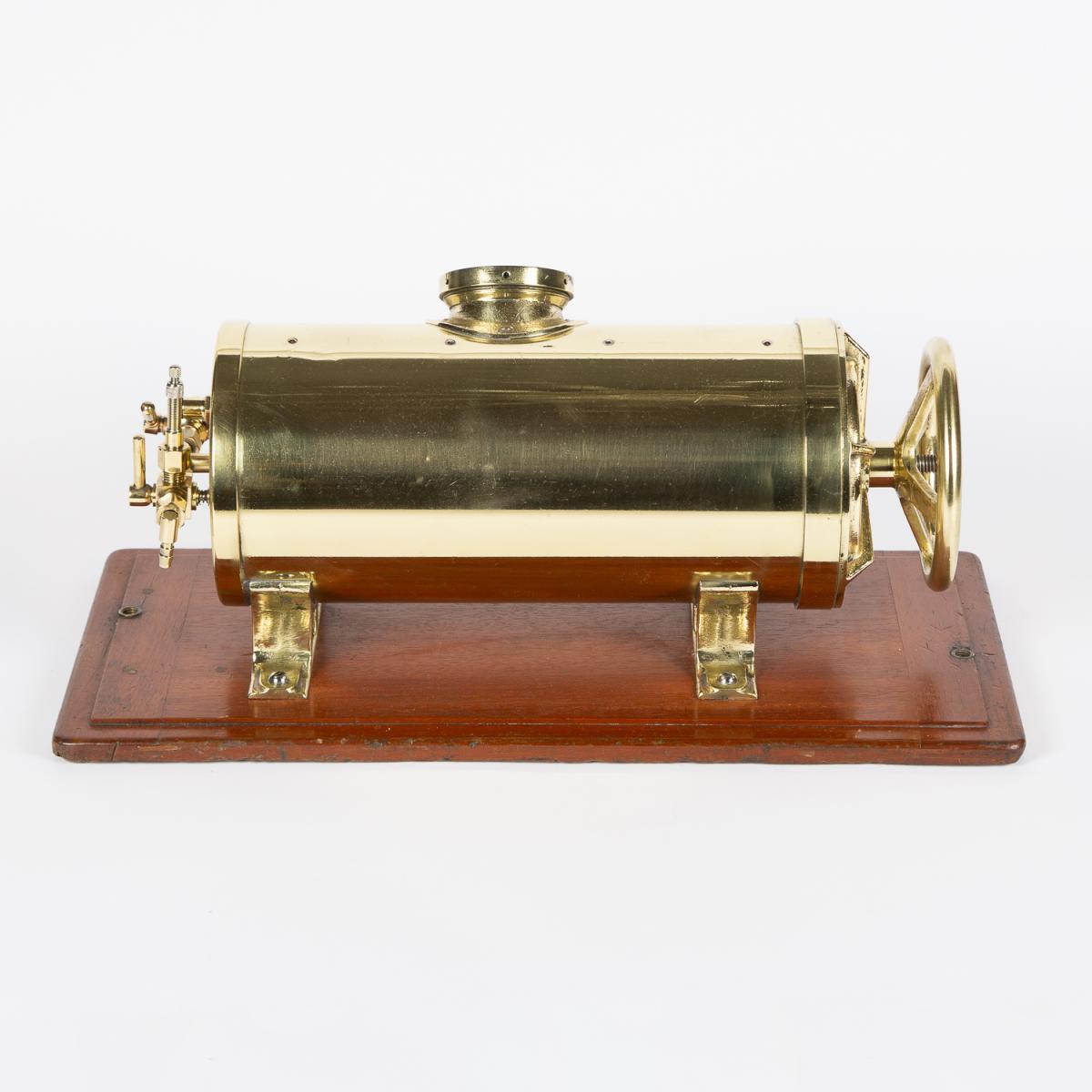
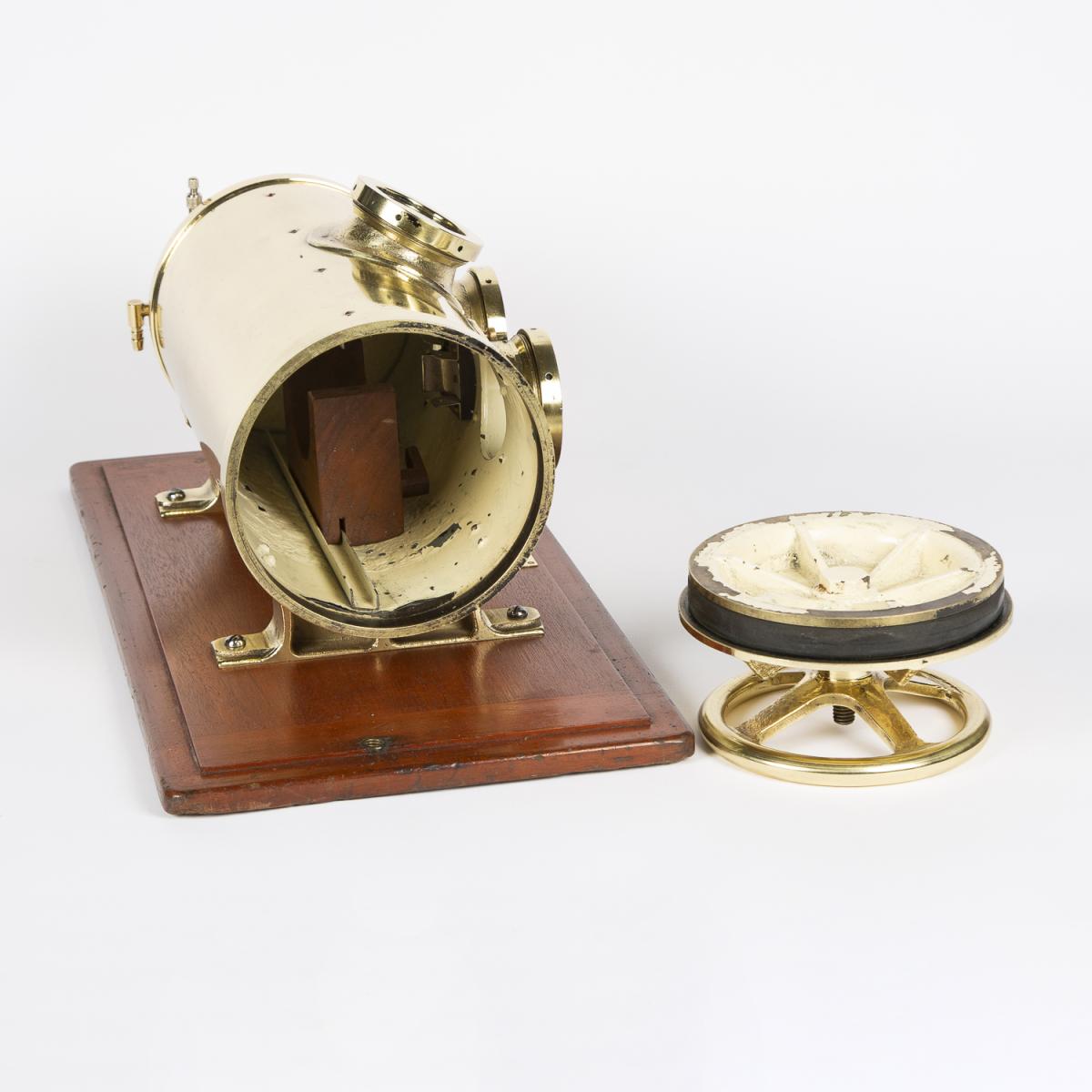
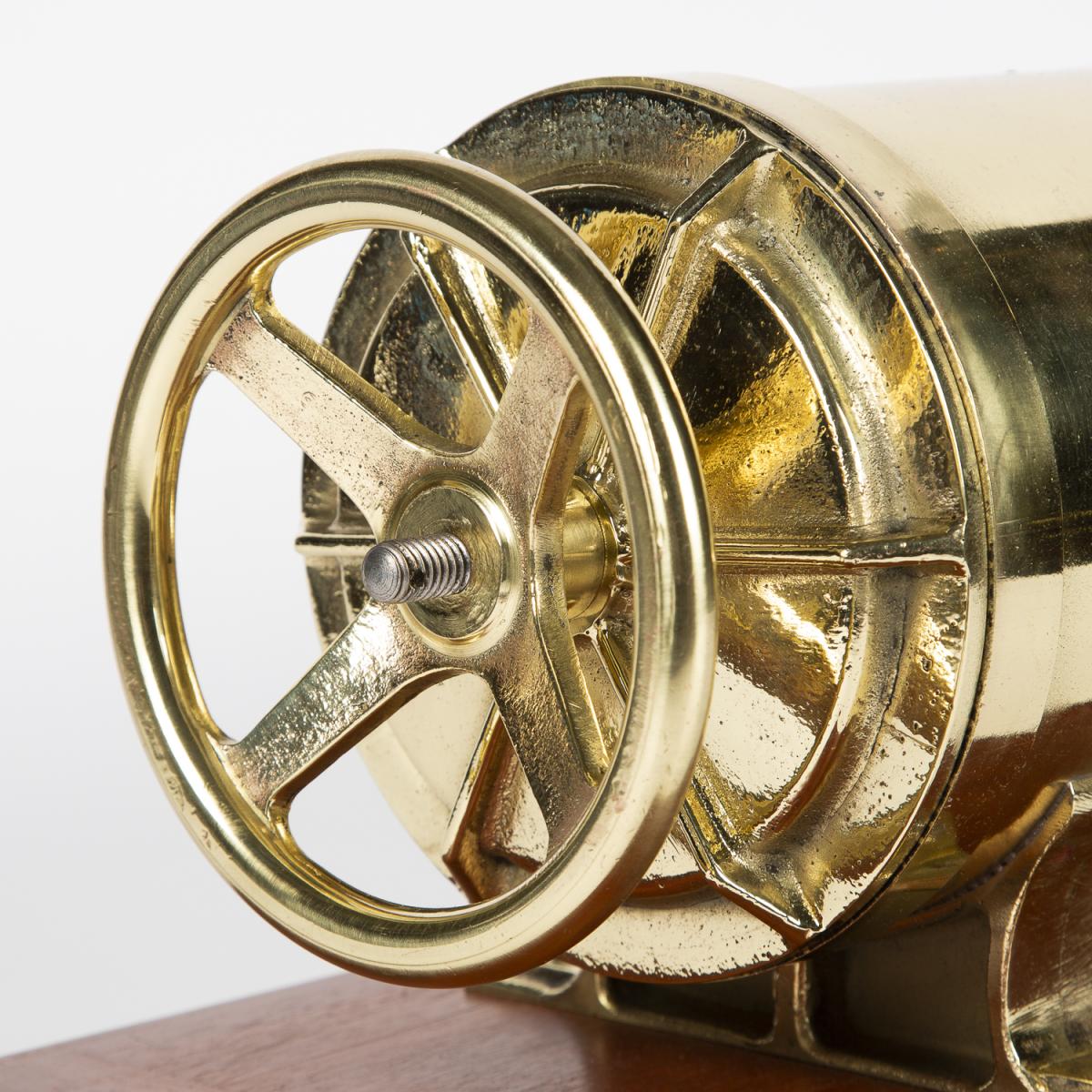
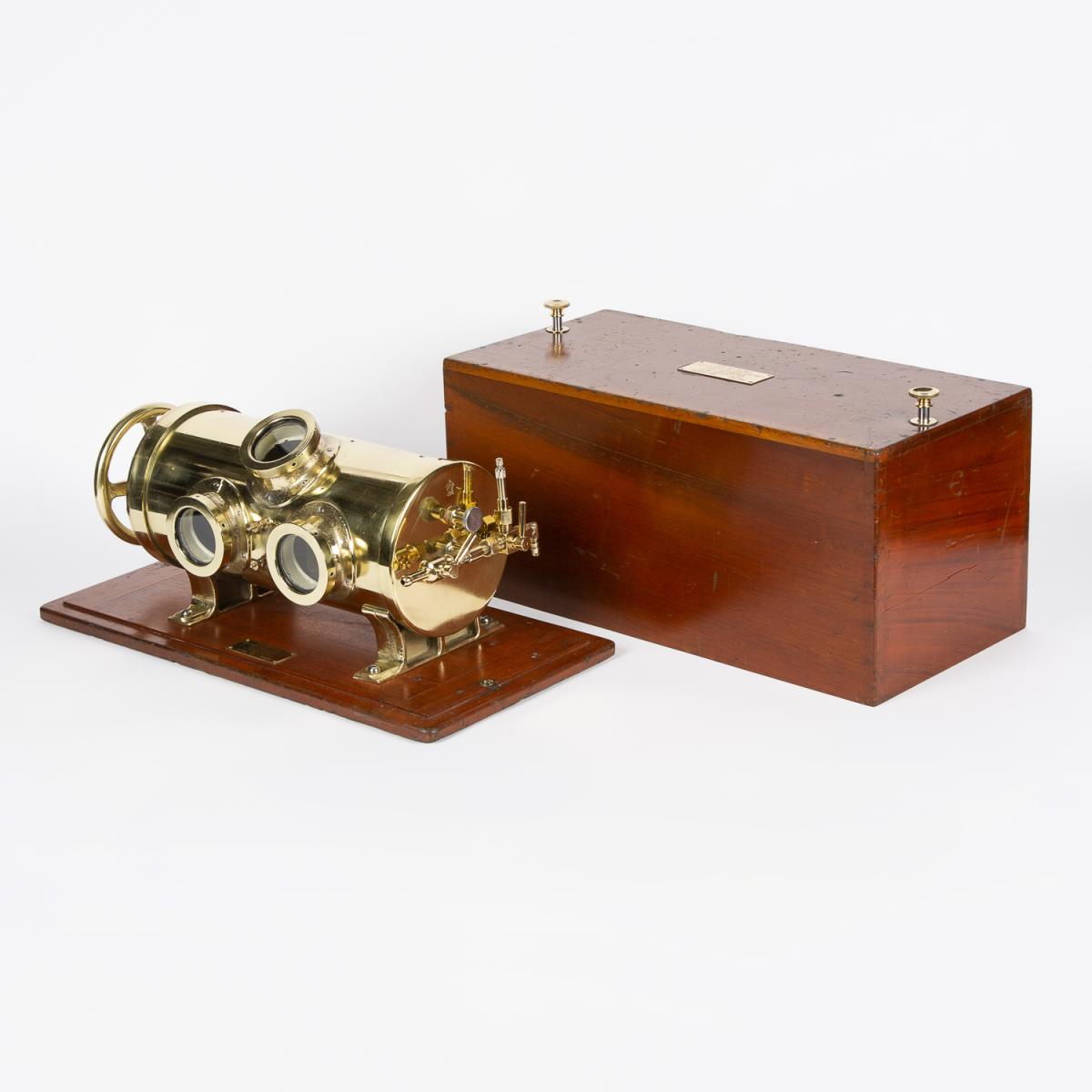
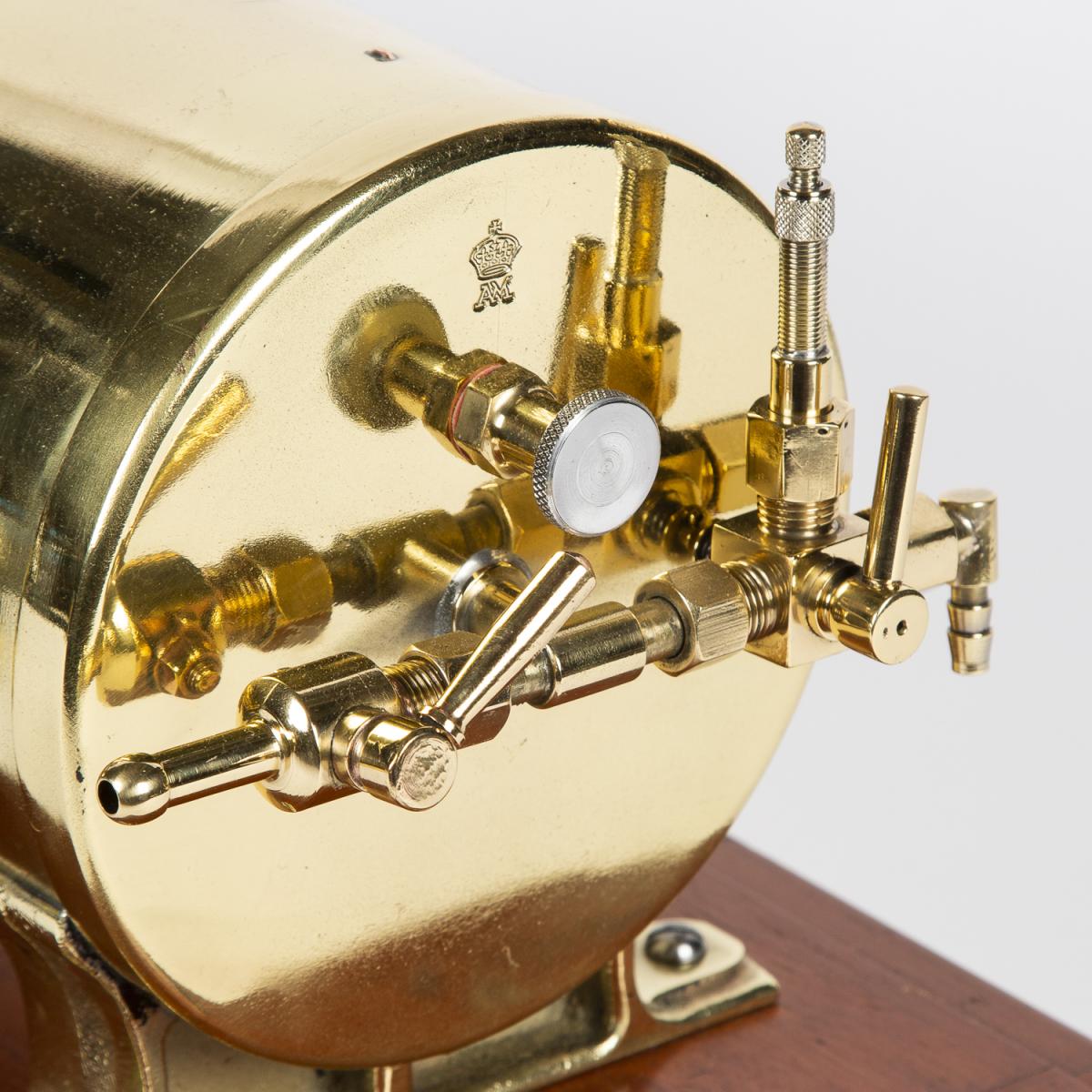
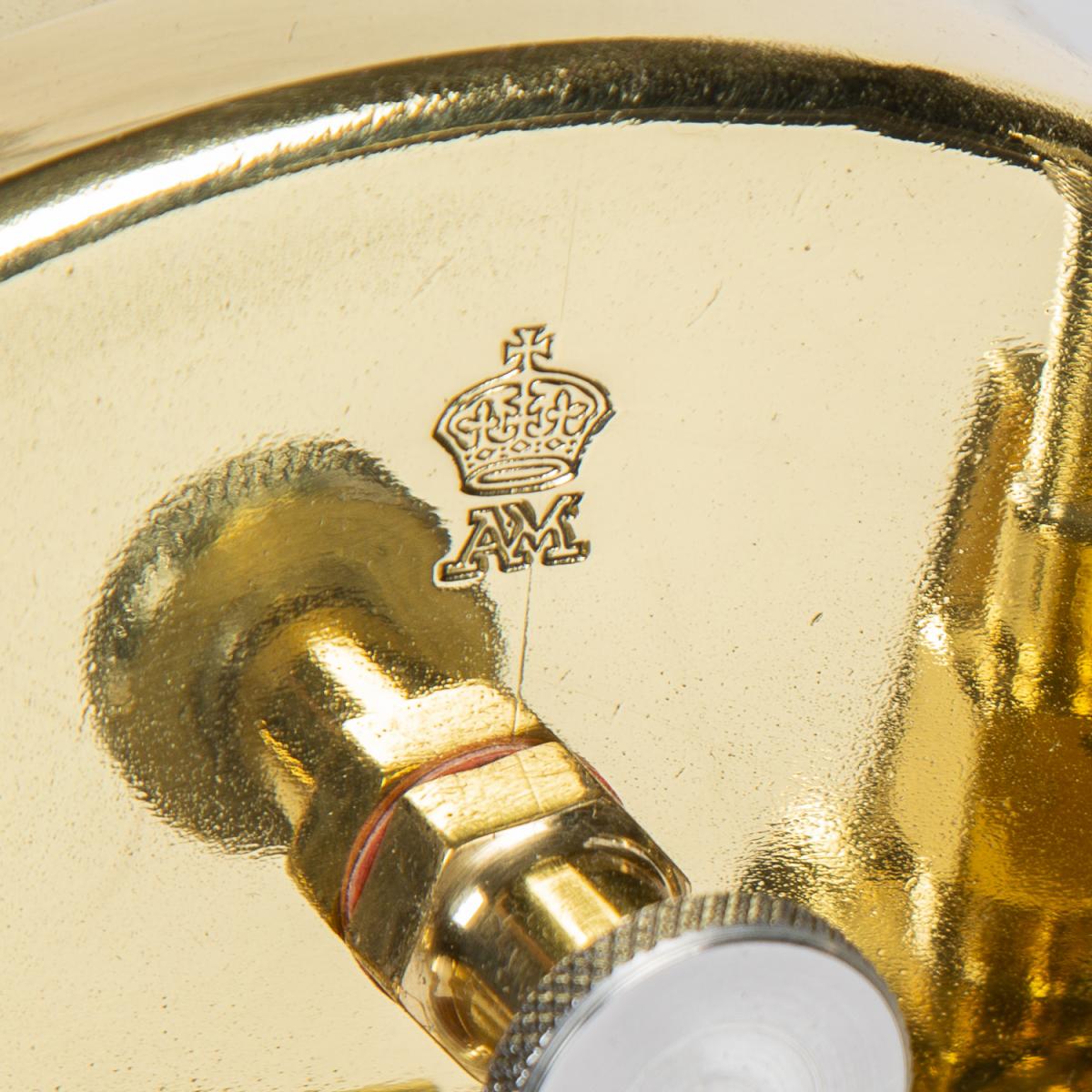
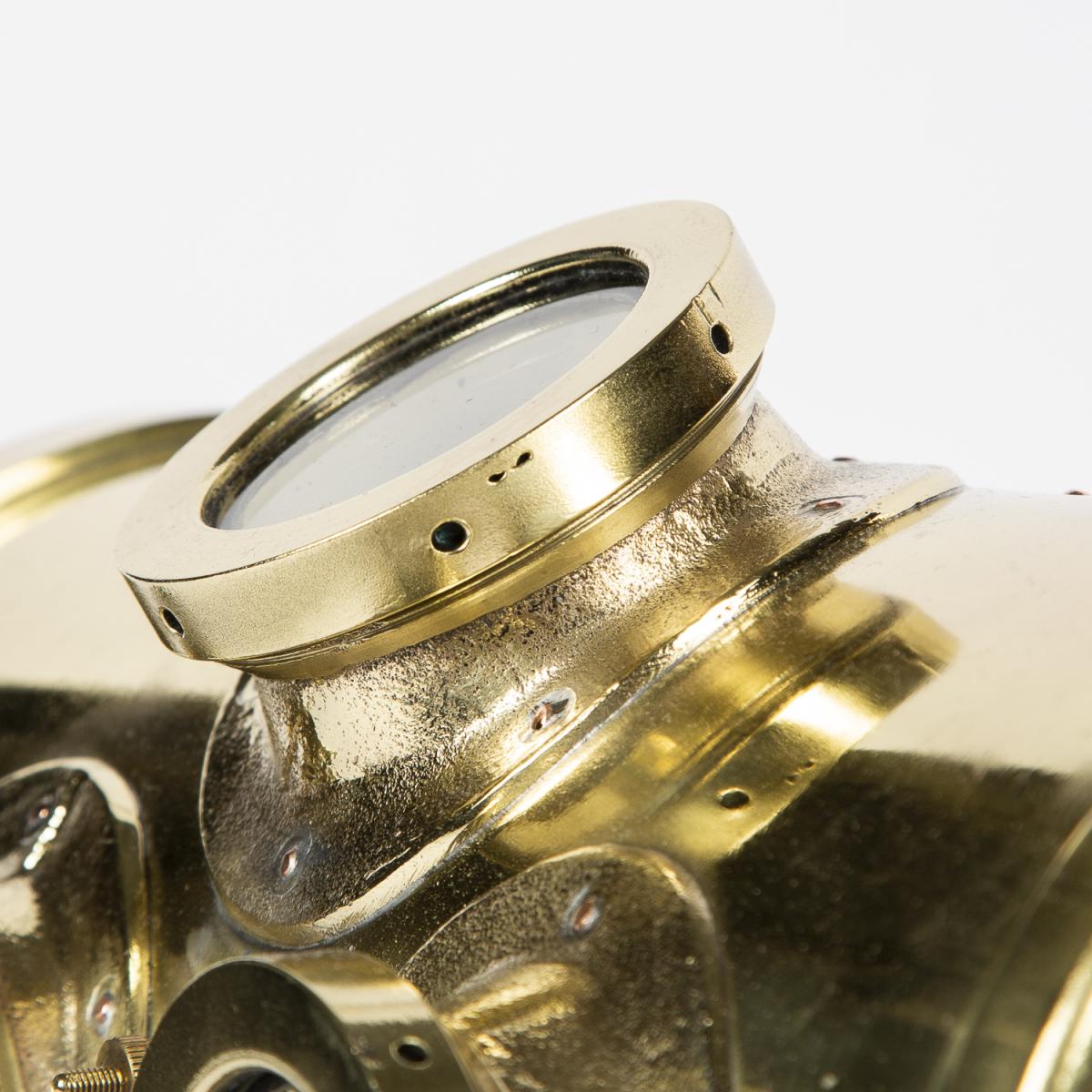

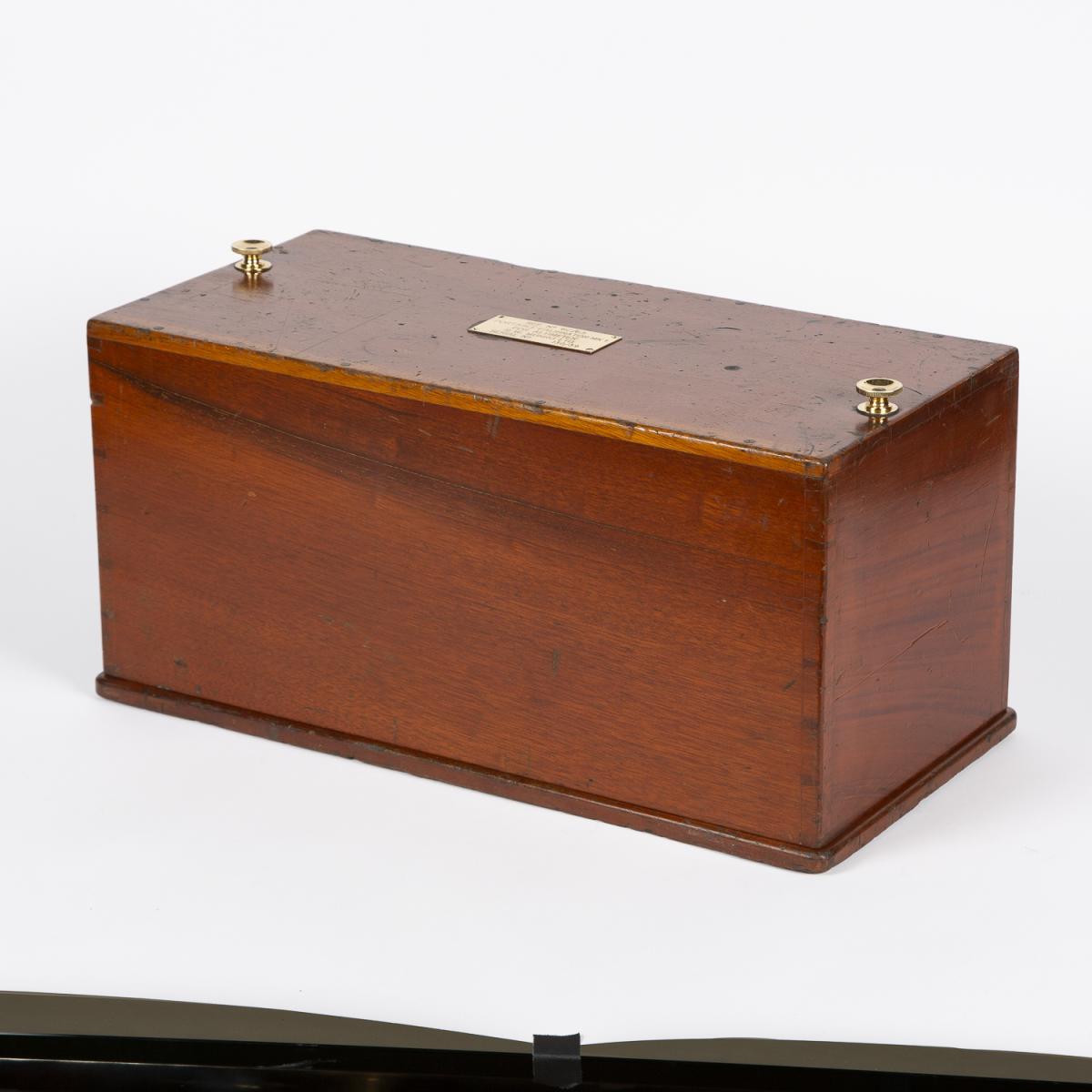
Price
£4500.00This object is eligible for a Certificate of BADA Provenance
The BADA Standard
- Since 1918, BADA has been the leading association for the antiques and fine art trade
- Members are elected for their knowledge, integrity and quality of stock
- Our clients are protected by BADA’s code of conduct
- Our dealers’ membership is reviewed and renewed annually
- Bada.org is a non-profit site: clients deal directly with members and they pay no hidden fees
A WWII mark I portable aneroid altimeter calibration pressure chamber by R. W. Munro for use by the Air Ministry, circa 1939.
In original case with brass labels:
REF. No. 6C/63 PORTABLE CALIBRATOR MK 1
FOR ALTIMETER
R. W. MUNRO LTD
SERIAL No. 130/39
With AM (Air Ministry) crown mark.
R W Munro Ltd was established as an instrument manufacturer in 1864 by R W Munro. The firm quickly gained a considerable reputation in the fields of mathematical, optical, meteorological and banking equipment, fields in which it is still prominent.
Following the Tay Bridge Disaster on 28th December 1879, where a bridge was blown away with a full passenger train, a public enquiry was set up. This enquiry found that there was a general lack of understanding of wind speed, how to measure it, and its impact on the bridge. As a result, W.H. Dines was called upon to research a solution to this problem. He devised the Dines Pressure Tube Anemometer. Following the design of this instrumentation, R.W. Munro was commissioned as the sole manufacturer of this product. These instruments were used around the world to better understand the impact of wind on the environment around us.
In 1880, the Bank of England called upon R.W. Munro to supply a more efficient printing machine that would print and number notes at a rate of 3000 per hour. Over the next few years, the Post Office followed the Bank of England’s lead and began ordering printing machines from R.W. Munro
In 1890 Mining Engineer & Geologist John Milne approached R.W. Munro to investigate the possibility of a collaborative effort to produce a sensitive portable seismograph. Over a 10 year period, John Milne and R.W. Munro worked to develop a set of equipment to measure earthquakes. This venture was a huge success. The Portable Seismograph was sold all over the world and could be found in places as far flung as Brazil, Australia and St Vincent in the Caribbean.
R.W. Munro played a crucial role in the completion of Henry Babbage’s Analytical Engine Mill in 1906. Whilst Henry Babbage produced this machine simply to prove that it would have worked, this development represented a step towards the invention of the modern computer in later years. The efficacy of the machine was demonstrated when it was used to print pi (π) to 29 decimal places. Whilst the complete machine was never finished, it does work and is currently on display in London in the Science Museum’s computing section.
In 1906, a Dines Pressure Tube Anemometer manufactured by R.W. Munro was lent for use on the expedition to the Antarctic led by Captain Scott.
R.W. Munro Ltd. was incorporated in 1916, and the Munro family is still involved with the firm. The company now operates as Munro Instruments from Gilbert House, Woodford Green, Essex.
R W Munro Ltd has traded at 103-149 Cornwall Rd., Tottenham & Bounds Green, Southgate (1965), all London, England.
Dimensions
51 x 25 x 26 cm.The BADA Standard
- Since 1918, BADA has been the leading association for the antiques and fine art trade
- Members are elected for their knowledge, integrity and quality of stock
- Our clients are protected by BADA’s code of conduct
- Our dealers’ membership is reviewed and renewed annually
- Bada.org is a non-profit site: clients deal directly with members and they pay no hidden fees


